I participated in Field Day 2009 at PV High School with the Palos Verdes ham club. K6PV is the club call sign.
PVARC is based in southern Calif, a bit south west of Los Angeles. I’m a first year member and this was my first time participating in Field Day. As I understand Field Day, the basic idea is two things;
1) As an outreach to show the public what ham radio can do, and try to get more people informed & involved.
2) A contest to see who can contact more ham operators on the radio in a 24 hour period. Extra points are awarded for using alternate power, solar, & Morse code, among other things.
And I guess 3) is to have a great excuse to set up a remote radio station away from the comfort of your home “radio shack”. That takes some extra gear & proves that you are ready to deploy. Practice is good.
The Field Day event went from 11am Saturday to 11am Sunday. Radios were running all night.
When I arrived 5pm Saturday the 3 stations were fully set up with portable antenna towers, generators, tables, shade tents, and of course desktop 2 way radios. The radios used are called “HF” radios, meaning High Frequency. Ironically these days HF is the lower frequencies because since radio was invented there have been a lot of new discoveries, including Very High Frequency (VHF) and Ultra High Frequency (UHF). :-)It was really interesting seeing Morse code being sent & received. I had never seen that done in person. Dan Colburn W6DC speaks fluent Morse code. He uses 2 paddles to send the code. One paddle makes a short “dit” and the other paddle makes a longer “dah”. I got a chance to do some logging for him while he operated the key. At one point he was tapping out a message, and then he listened & laughed. I heard nothing but beeps, but he heard something funny! :-) I found that amusing. Dan has a real style in the way he sends out those beeps. As he taps the paddles, he throws in a flourish every now & then, sort of like a guitarist does. All part of the language! 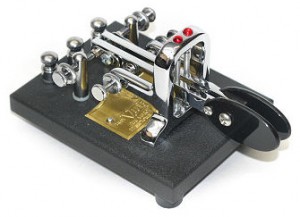
The radio I used was a Kenwood TS-440s if I remember correctly. The other popular HF radio used at the other 2 stations at this location is the Yaesu FT-897. The antenna was mounted on a pole on top of the Football stadium press box. So it was probably about 3 stories off the ground. It looked something like a old TV antenna but bigger. That radio puts out 100 watts which (compared to a light bulb) didn’t sound like a lot, until I realized that with a good antenna, 100 watts can easily reach across the whole USA. From southern California, I was talking to guys & gals in Tennessee, Florida, Georgia, Texas, Nevada, Ohio, and even just the next county over. This was on the 20 meter band which is around 14 Mhz. We were using SSB Side Bands and specifically the USB Upper Side Band. Anyway, it was working really well. I was seriously amazed to find hundreds, even thousands of people on the radio that night. I had no idea! Maybe this is because it’s a VBD (Very Big Day) for hams worldwide, or maybe there is always a lot of traffic on HF. By the end of my shift we had contacted something like 370 different stations by voice in the USA and Canada. The CW Morse code guys were doing pretty well too.
My (limited) ham radio experience has been with 2 meter & 440 bands, and they are often empty when I am listening. So this huge crowd came as a big surprise to me.
You don’t have to be a great conversationalist to be a ham radio operator. Keeping in mind that this was basically my first time operating a HF ham station – The rap goes something like this;
me: CQ, CQ Field Day, this is King 6 Papa Victor, CQ Field day.
them: K6PV, this is W2IQ we are 3 Alpha, Eastern Pennsylvania.
me: Thanks W2IQ, this is K6PV, we are 2 Alpha Los Angeles, two Alpha Lima Alpha X-ray.
them: Thank you and enjoy the contest.
me:Â Thanks and 73s to you. This is K6PV.
What it means is; CQ – sort of like saying “Seek you” as in I’m looking for you, please answer. I think that is an abbreviation from Morse code – those guys are the kings of abbrs. Saying “CQ Field day” is inviting everyone to respond to you on this special event. King 6 Papa Victor is saying words to make it easier to understand the call sign in this case, K6PV made easier to understand over a static-y connection by saying King 6 Papa Victor.
Anyway, hopefully someone answers you, and they say your call sign so you know they are talking to you, their call sign followed by their class & section. Our stations is 2ALAX which translates to we have 2 stations transmitting less than 200 watts of output power, and we are in the LAX section. Most states are 1 section so you just use the state abbr, but Calif is several sections. New York is 3 sections. Pennsylvania is 2 sections.
Anyway, you write down these bits of information on your log, or in a computer logging program. That is how the score is recorded. The logging program can also build a map of all the states (sections) you have contacted during this event. That is fun. I was amazed at how the map fills in!
Things to bring to a Field Day: Flashlight, table lamp, jacket, food, water or drinks, paper pad, Band plan guide so you don’t accidentally tune to a wrong freq. Also some sort of handout for the visitors. Even a business card size would be fine. The handout should contain info about your club including: Website URL, Club meeting schedule, Weekly net schedule & freq, and a mention to contact us or check our website about classes to get your ham license.
I took a few photos. If you took photos too, I’m happy to post them here or link to them elsewhere. Let me know by email or in the comments below. Here is a link to the PVARC club photos.
To see the photos as a slide show, click “View with PicLens” (plugin may be required- it is ok to download this) then just use your down arrow to advance to the next photo. The “X” in the top corner will return you to normal computer operation. Or press the esc key a couple of times. Or just click each photo to see it bigger, then click again to return to this page. This is only the 2nd time I have tried this photo thing in WordPress, so I’m just learning it.
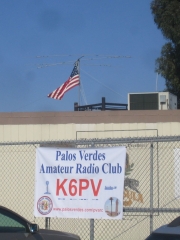
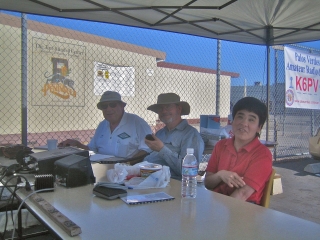
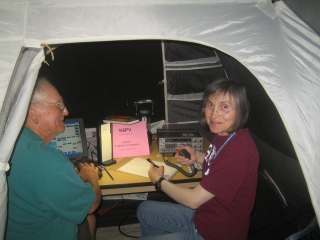

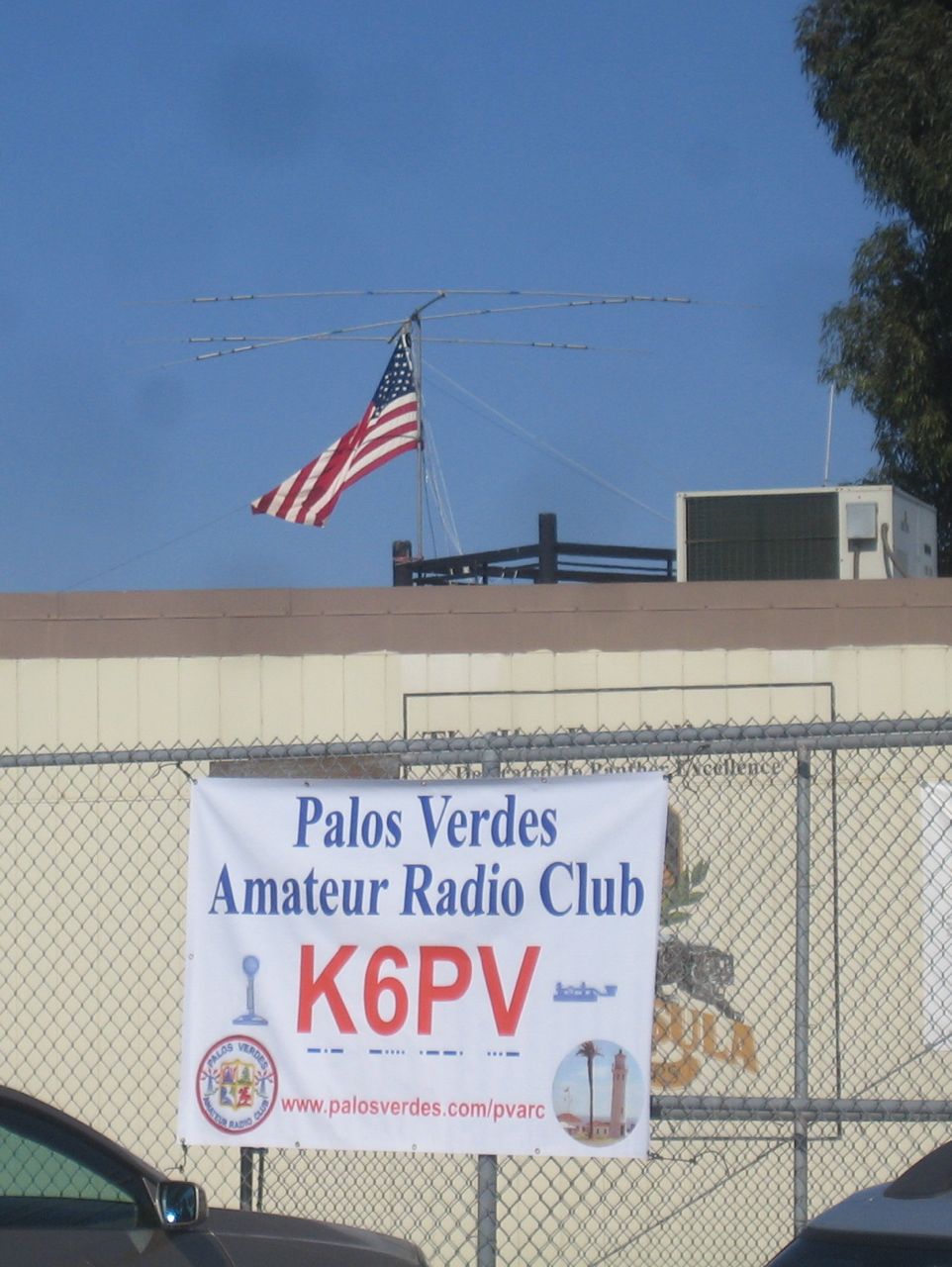
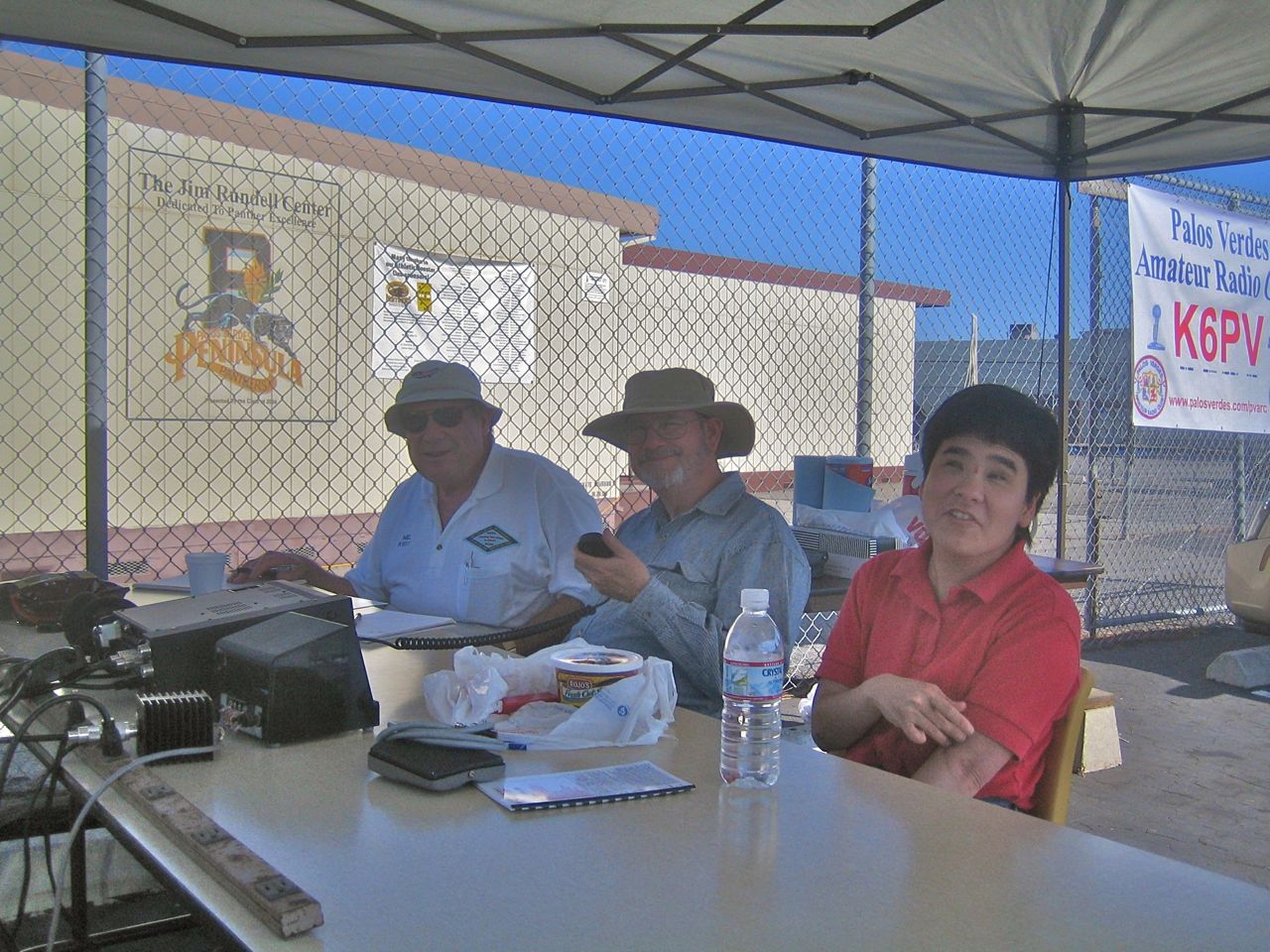
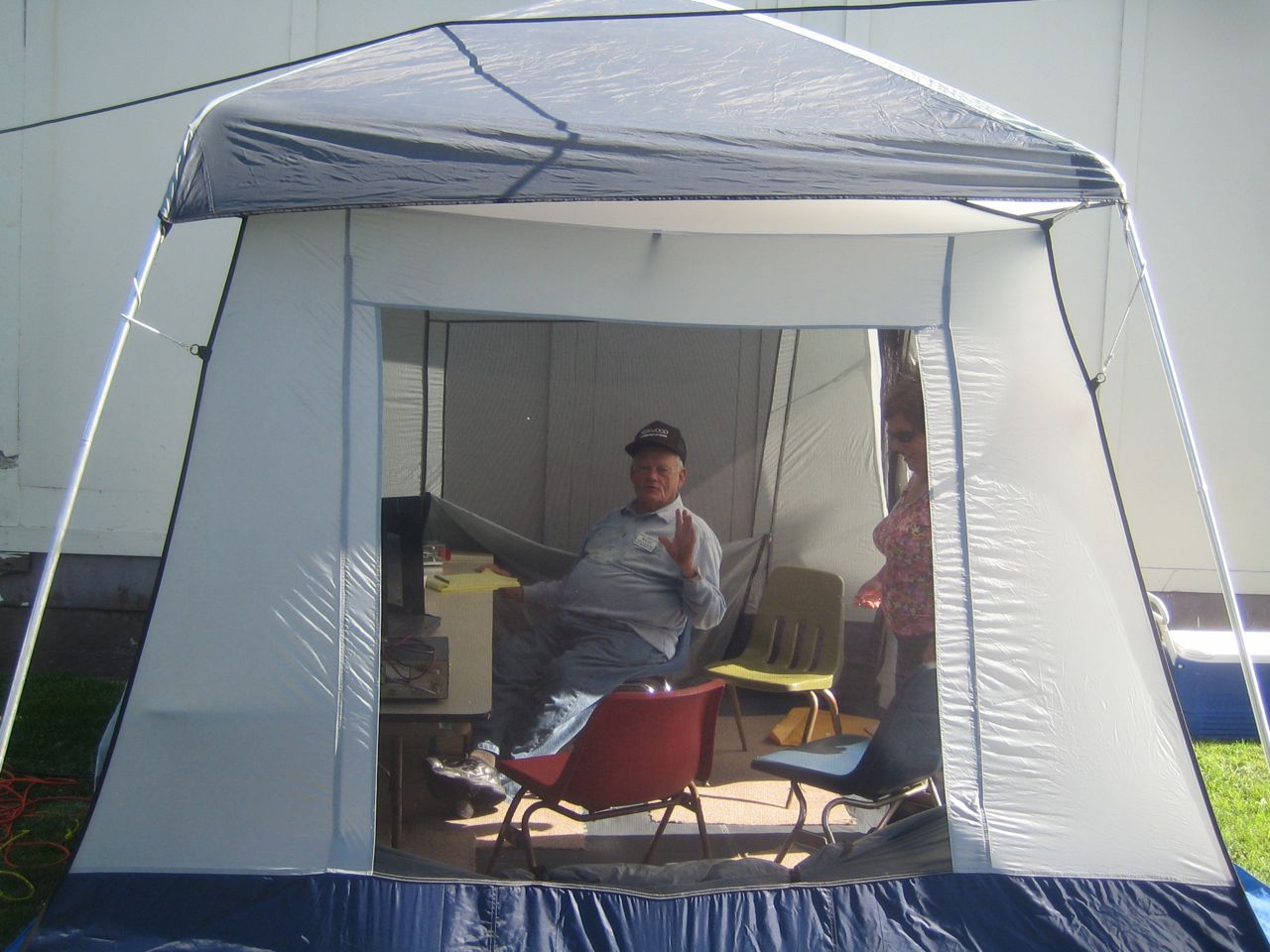
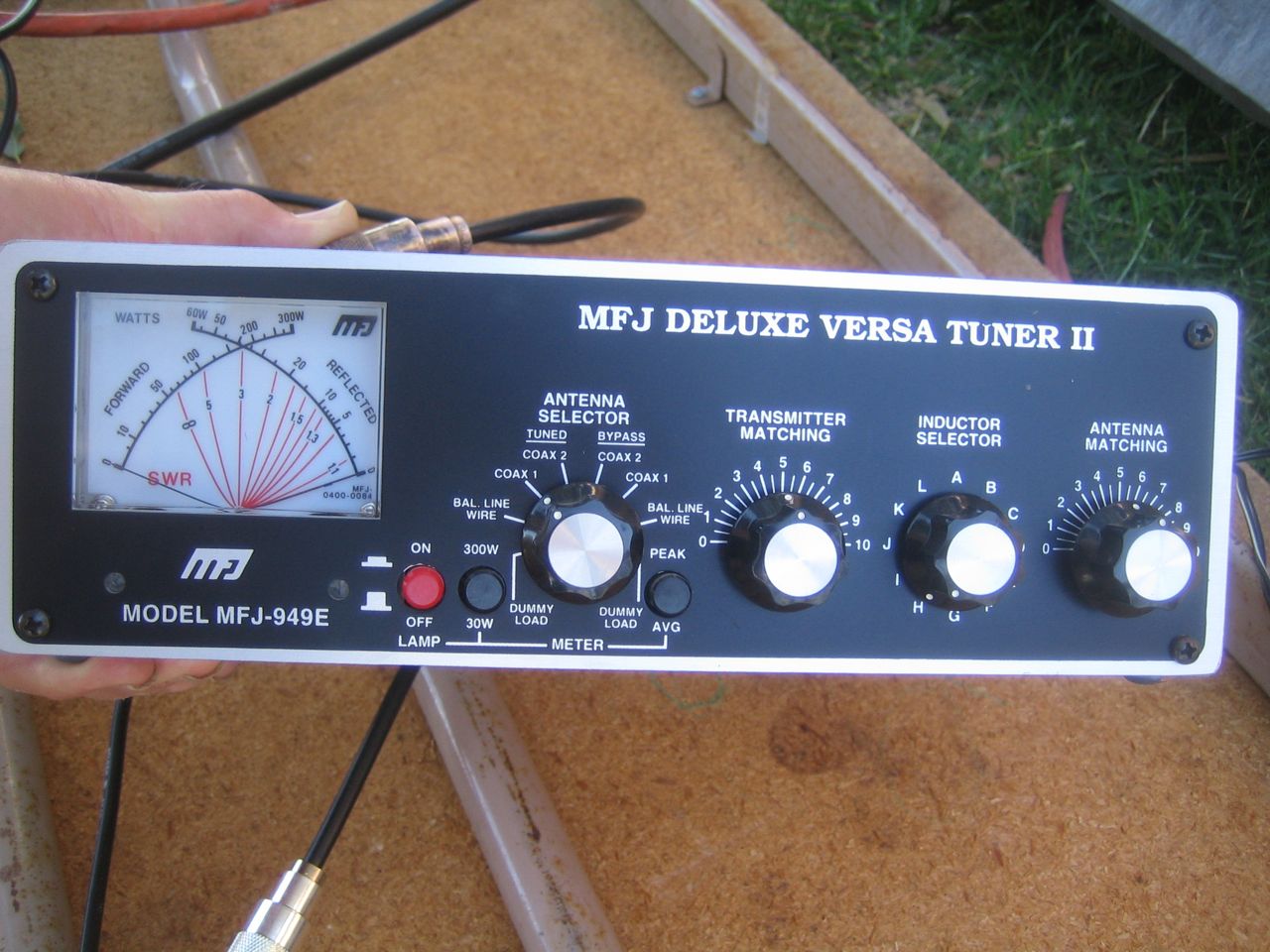
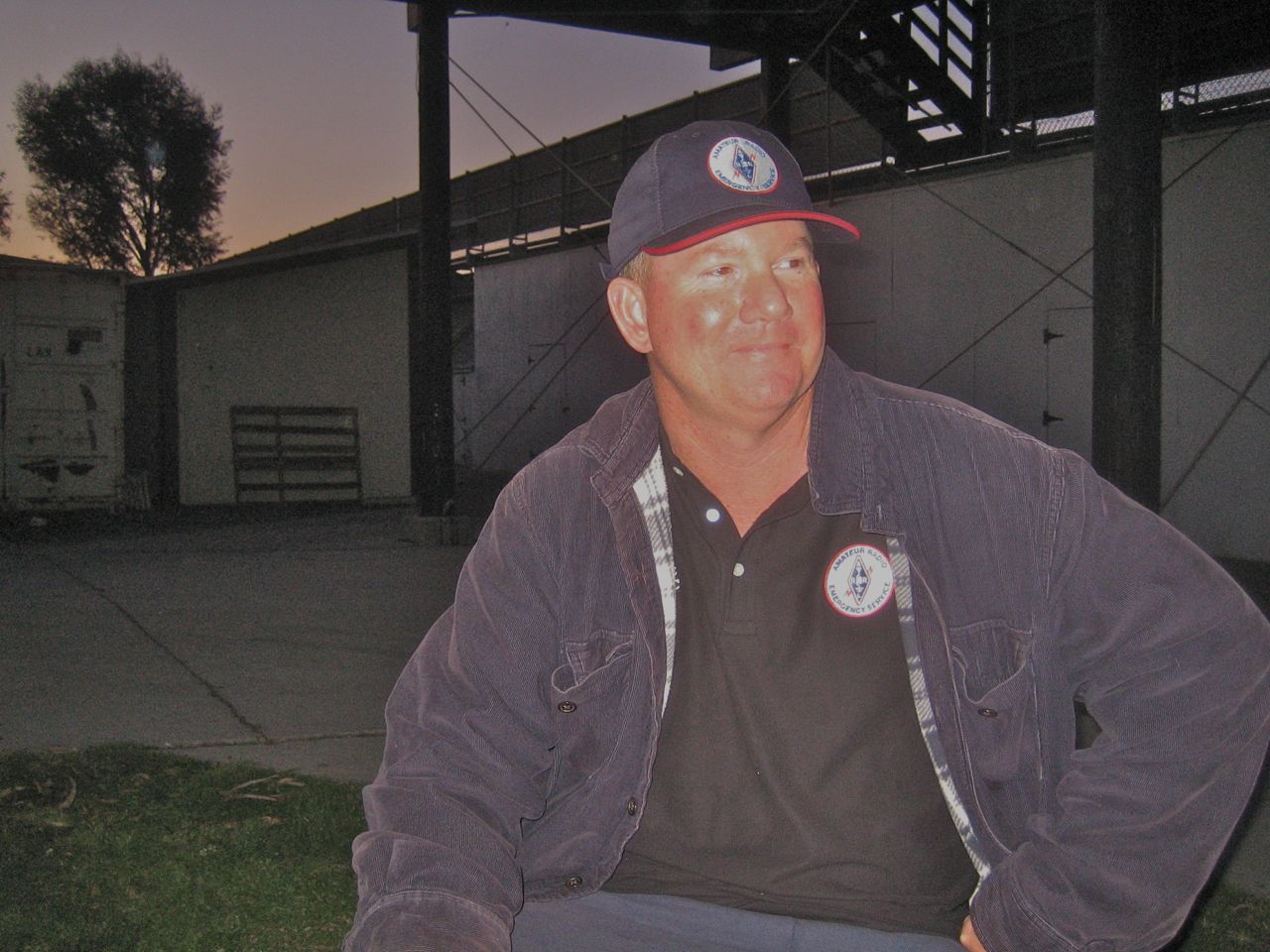
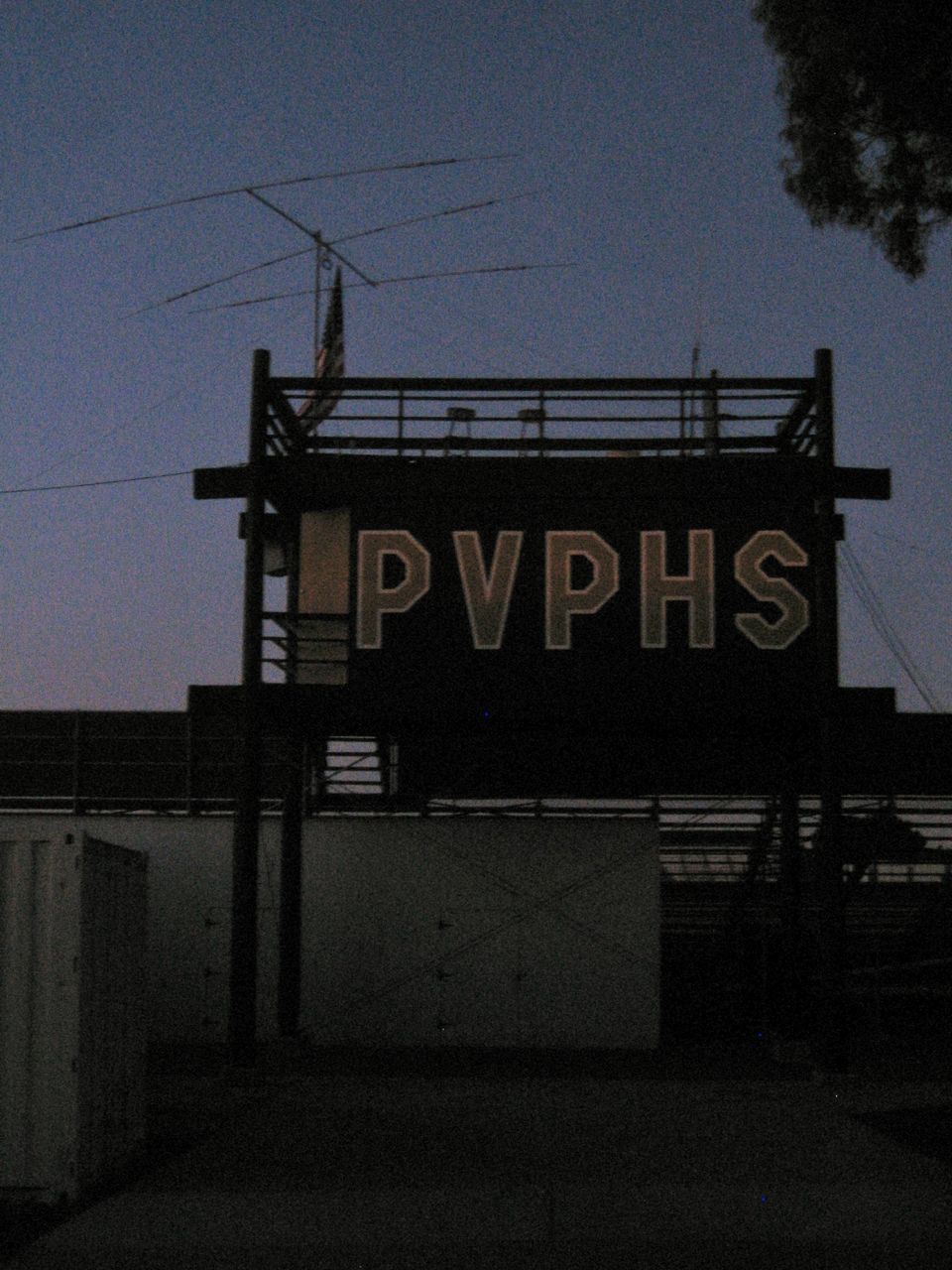

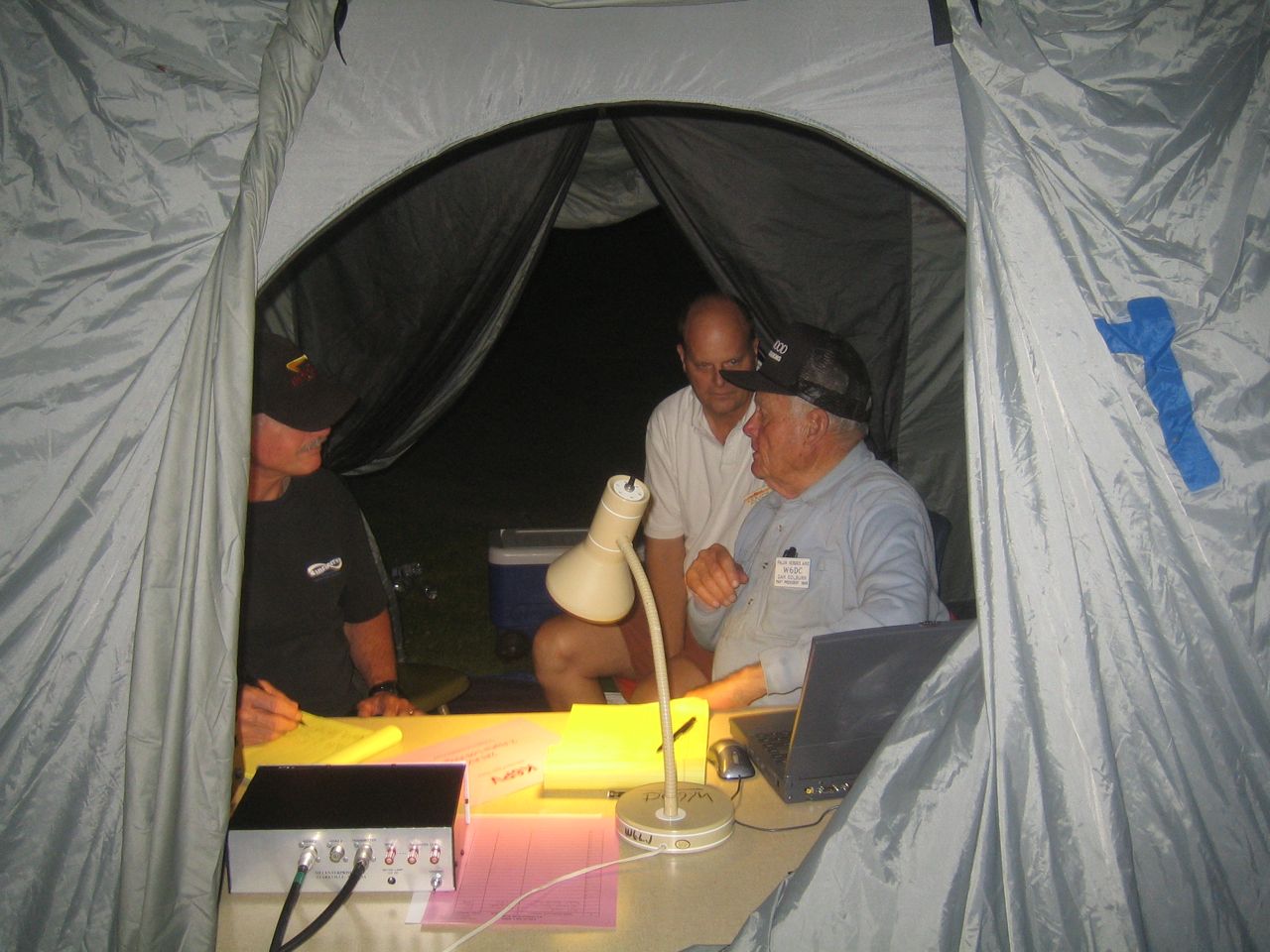


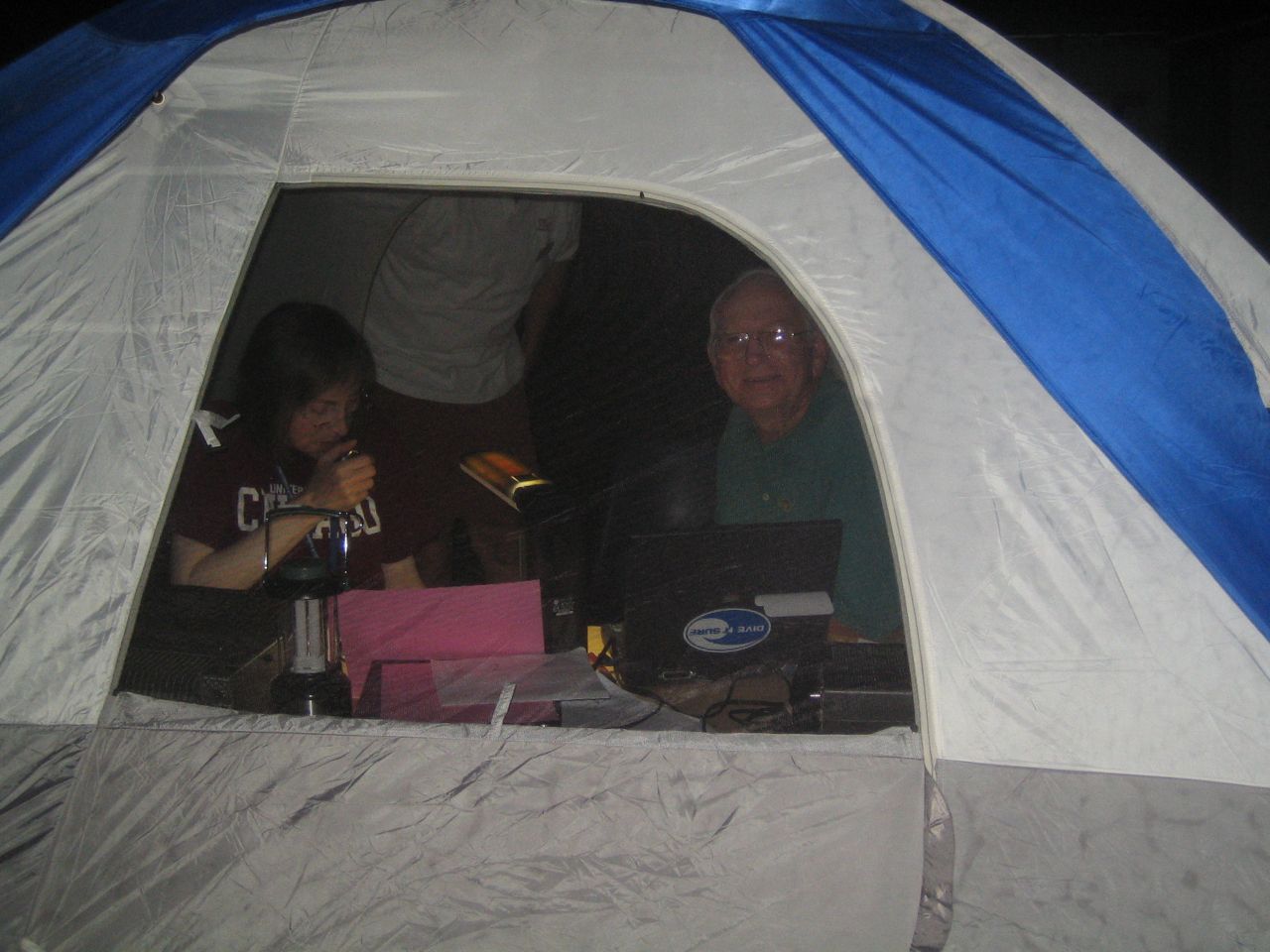

Dave, Thanks for your Field Day pictures and great blog commentary!
73.
Looks very good. Thanks for the Info
on FD.
Bill
Dave, your pictures and commentary are
great, Thanks for the good work.
D.
I really enjoyed the info. Here’s hoping some of today’s younger generation will realize that Ham radio can reach out in many situations where high tec can’t. What?? How so?
Katrina hurricane and flood areas are good examples. Even cell phones were out. Communication at a standstill. Ham Radio operators shared information until other communications could be patched & powered up again!